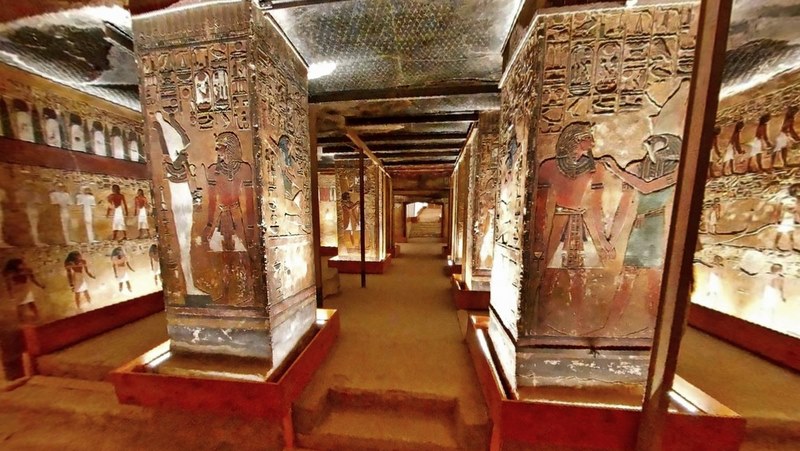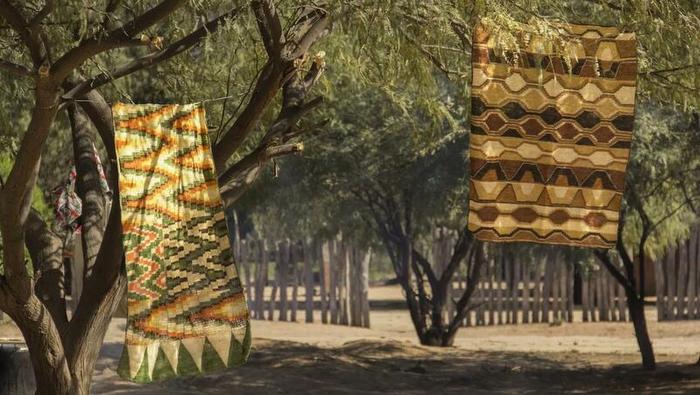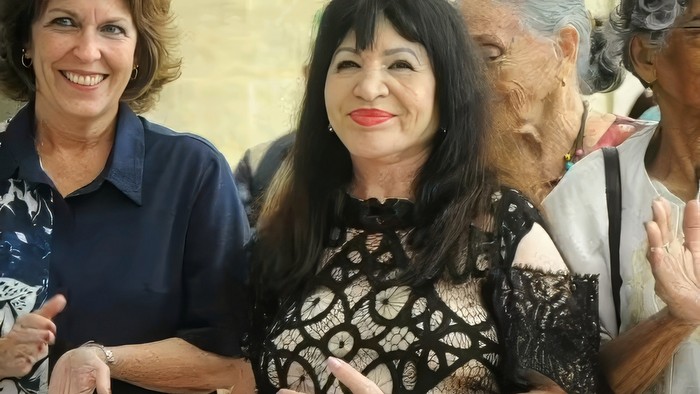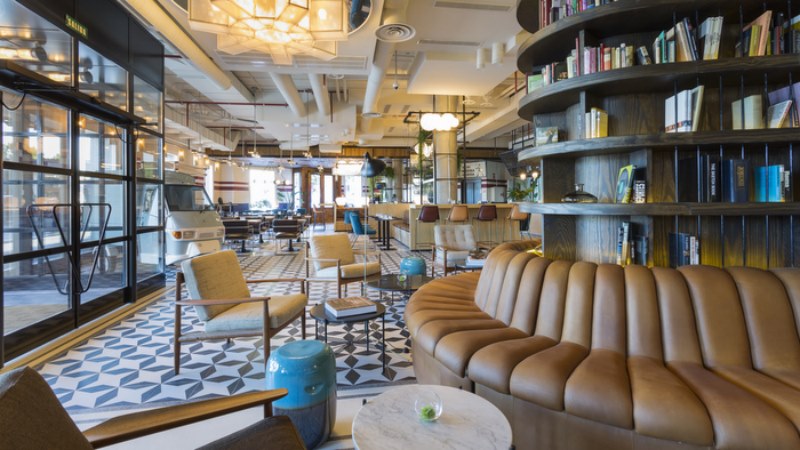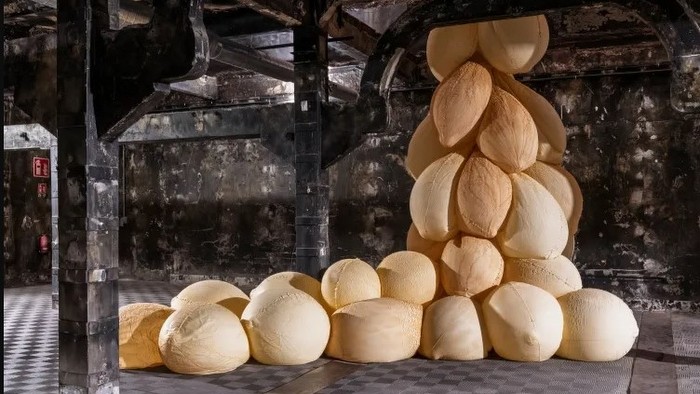In July 2020, Factum Foundation, TNPI and the Ministry of Antiquities in Egypt have launched the 3D virtual model of the tomb of Seti I. It is a work in progress but when finished it will be a complete record of the tomb... from the time it was discovered to the moment the recording is finished.
The 3D virtual model is based on a LiDAR recording of the whole tomb, but it also includes high-resolution information that will continue to be fed into the platform as the work progresses. We are not only recording all the walls, pillars and ceilings but also all the elements that were removed from the tomb and are now scattered around the world in museums, store-rooms and private collections.
The platform works like a dynamic archive of the tomb that can allow closer study than it is possible when you visit. By layering colour and 3D data, the walls can be seen at magnification and the spectacular ceiling in the sarcophagus room can be studied as if you were on scaffolding with the painting in front of your nose.
But we are going further... the aim is to incorporate the watercolours made by Giovanni Battista Belzoni, the Egyptologist who discovered the tomb in 1817 (now in Bristol City Museum), Harry Burton's black and white photographs from the 1920's (commissioned by the Metropolitan Museum in New York) and approximately 8.000 fragments from the tomb of Seti I, collected by the University of Basel, that are now stored in the tomb of Ramesses X and being analysed and relocated by Florence Baberio.
We have also incorporated the 3D recordings done by Factum Arte in the Sarcophagus room in 2001, clearly establishing the importance of this approach for condition monitoring.

